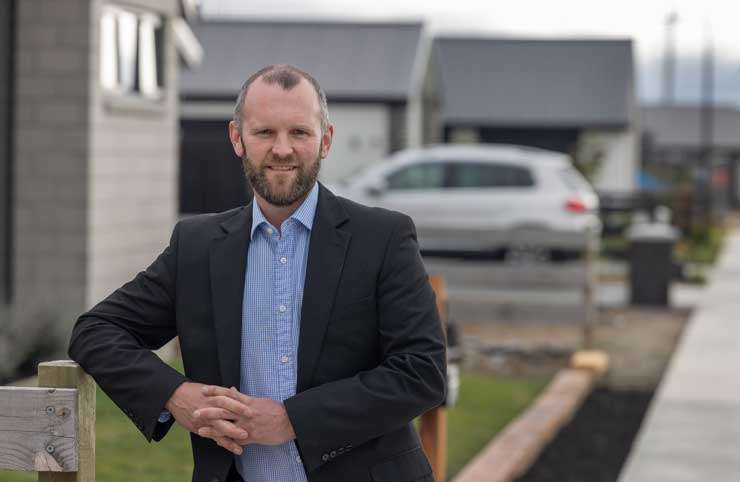There’s a lot of chatter among Kiwis that property prices double every seven to 10 years as the housing market goes through a cycle of boom slump and recovery.
Figures from the last 10 years would, on the surface, suggest there is merit in the theory, with the nationwide median sale price lifting from $389,000 in 2012 to $875,000 now.
Following that logic, Kiwis could expect to pay close to $2m for a typical home in 2032. For Auckland buyers, a doubling of the current median sale price of $1.17m would leave them having to stump up a deposit of half a million dollars.
It's a fairly grim scenario, and one that many might think could actually come true, given that the post-Covid boom some prices rise 40%.
Start your property search
However, economists think such a future is unlikely.
CoreLogic NZ chief economist Kelvin Davidson doesn’t believe in the “mythical idea of a property cycle that just happens because it has always happened” and says there’s always a reason for price rises and price slumps.
“House prices just don’t rise on their own accord; they rise because interest rates have fallen or vice versa,” he says.
With interest rates already jumping from around 2% to 4% and tipped to rise further, Davidson says the next upswing could take a while and could be “less vigorous” than the boom period that followed the end of the first Covid lockdown.
After the Global Financial Crisis in mid-2007, New Zealand’s property prices fell by about 10% and didn’t return to that previous peak until 2012. In some regions such as Hamilton, Tauranga, Wellington and Dunedin prices didn’t start climbing until 2015.

CoreLogic chief economist Kelvin Davidson: "House prices don't rise of their own accord." Photo / Peter Meecham
Davidson says it could take a long time for house prices to return to last year’s high levels and even longer for them to go beyond that due to higher interest rates, people having bigger debts and affordability being worse.
“The upswing phase can be big; the downswing phase tends to be slower but it can last a while.”
Tell-tale signs that house prices could be on the rise were the number of real estate listings flat-lining or declining, a shift in interest rates and LVR rules loosening, and a – harder measure to quantify – change in people’s mindsets and believing there was value in the market again, he said.
“I just have a feeling it is possibly going to take a lot longer this time,” he says.
Infometrics chief forecaster Gareth Kiernan didn’t think there wasn’t any major rush for people to go out and pour a lot of money into property right now.
“Give it 12 or 18 months and if have prices have come back from their peak by another 10% say, then you start to realise there’s a bit more of an upside potential there. But at the moment, there’s not a great deal there. I almost feel like, I don’t know why you would be necessarily rushing into it if there’s still some downside in the near term on prices.”
Kiernan says while history would show there was such a thing as a property cycle, the seven-to-10-year timeframe between trough to trough or peak to peak was a “little bit coincidental” and he wouldn’t bank on the same happening again.
He says the main drivers of increasing or decreasing house prices were interest rates and population growth.
“It’s hard to see conditions where you could start to see prices pushing up again towards a peak in any near-term scenario. My view is this is probably looking a bit more like the housing boom in the early 1970s where it did take a long time for the market to sort of recalibrate and get back to more reasonable price levels.”
Given how high house prices were when they peaked in December 2021, he said there didn’t seem to be much scope for house prices to increase much in the next five years and it could be even after 2032 before they hit new records.














































































